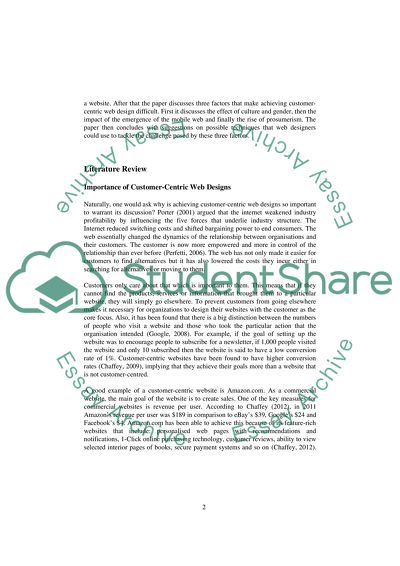Cite this document
(“Factors Affecting Customer-Centric Website Design Essay”, n.d.)
Retrieved from https://studentshare.org/e-commerce/1395351-a-customer-centric-web-site-design-is-so-important
Retrieved from https://studentshare.org/e-commerce/1395351-a-customer-centric-web-site-design-is-so-important
(Factors Affecting Customer-Centric Website Design Essay)
https://studentshare.org/e-commerce/1395351-a-customer-centric-web-site-design-is-so-important.
https://studentshare.org/e-commerce/1395351-a-customer-centric-web-site-design-is-so-important.
“Factors Affecting Customer-Centric Website Design Essay”, n.d. https://studentshare.org/e-commerce/1395351-a-customer-centric-web-site-design-is-so-important.


